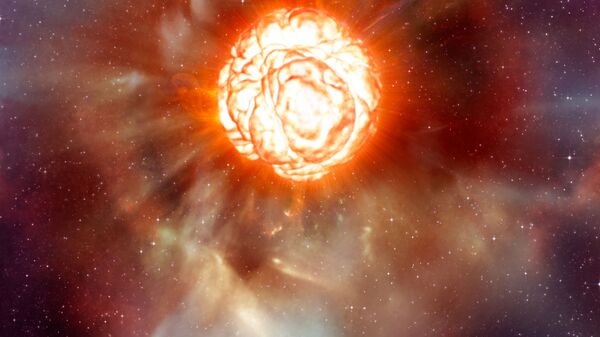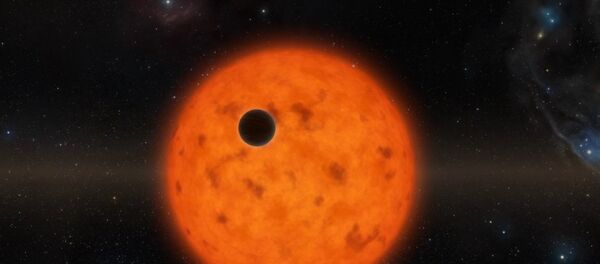The red giant whopper of a star Betelgeuse, which is bigger than the orbit of Mars and located so close that astronomers can resolve its surface features with telescopes, might have engulfed its smaller star companion, Live Science reports. Astronomer Manos Chatzopoulos from Louisiana State University in Baton Rouge and his companions came to this conclusion after running stellar-evolution computer models, incorporating ideas that could explain its peculiarities.
As the researcher explained at the 235th meeting of the American Astronomical Society, although Betelgeuse has entered a red giant phase and its rotational rate was supposed to slow down due to the star’s expansion, it is actually between 17,700 and 53,000 km/h. Moreover, the giant is even said to be a runaway star, zipping at a mind-boggling speed of 108,000 km/h.
However, as Chatzopoulos put it, “for such a famous star that everyone knows and loves, nobody has tried to explain the combination of these two things.”
Their theory could put concerns that Betelgeuse might imminently burst as a spectacular supernova on hold, the outlet points out. If the idea is correct, it could mean that the red giant was rejuvenated at some point, which misled scientists about its age.



